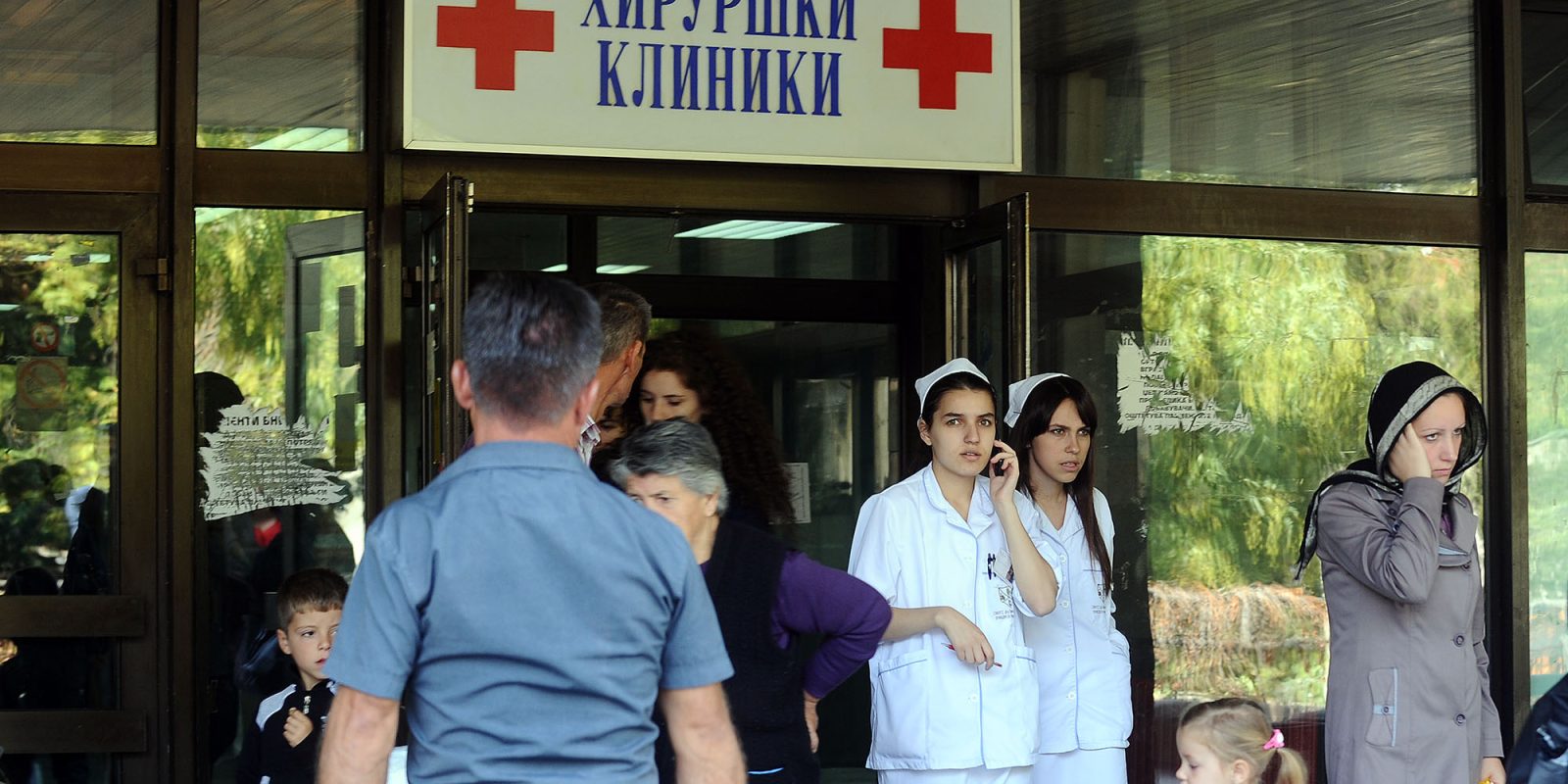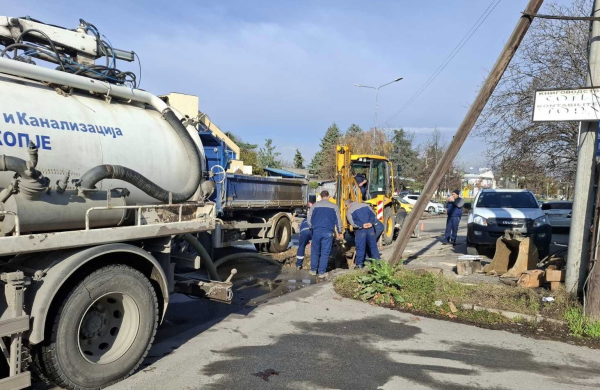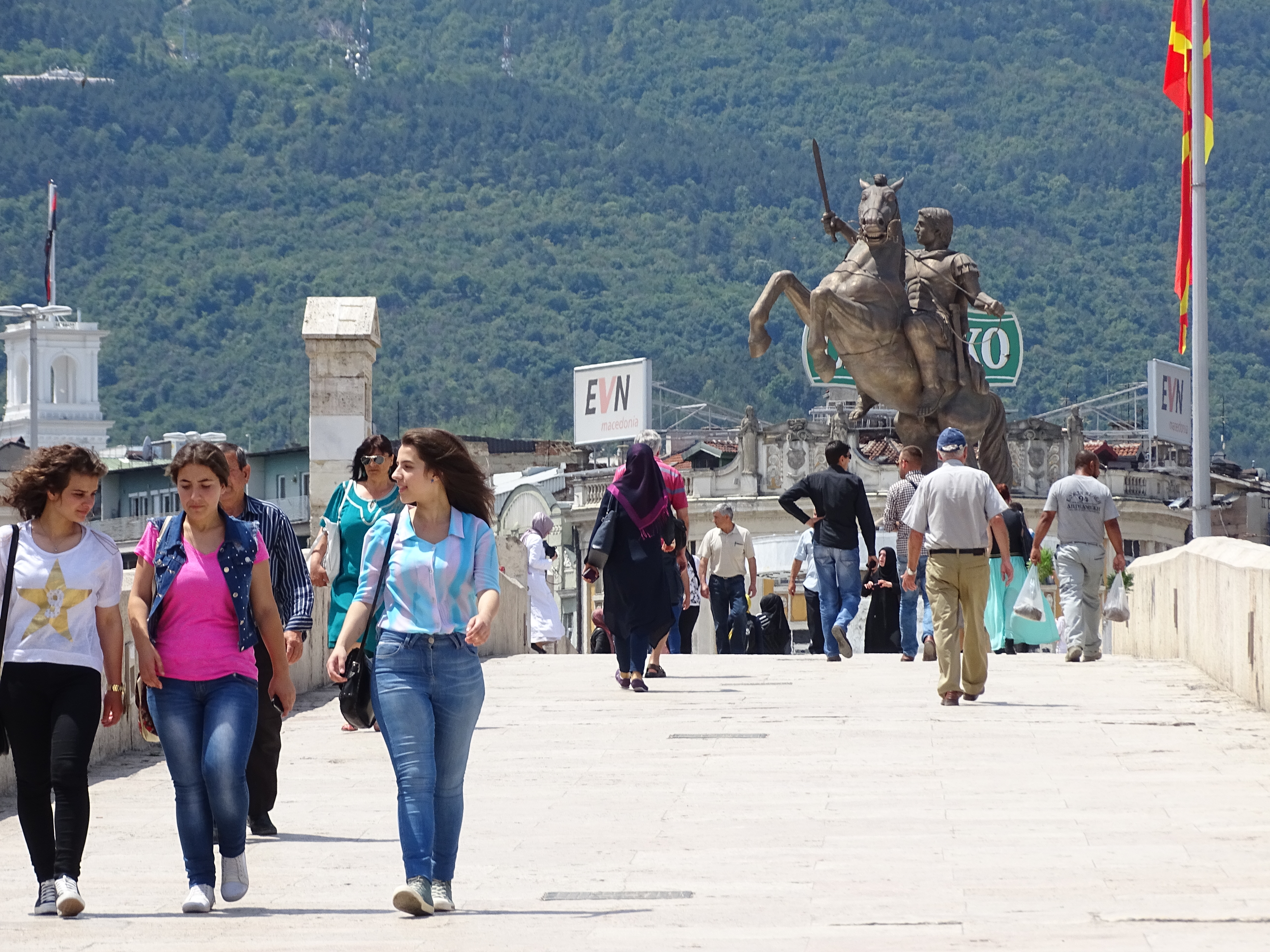The research on health protection possibilities shows major differences among citizens in all 30 towns in Macedonia. As regards availability of health care facilities for citizens across Macedonia, it is not the same whether one lives in the capital Skopje, marked by the highest level of health protection, or in Demir Hisar, Berovo, Sveti Nikole, Resen and Vinica, where citizens enjoy the poorest health protection possibilities. Differences are so great that, for example, Skopje has 1 MD specialist per 339 citizens, but Krusevo has 1 MD specialist per 3,182 citizens.
The final ranking, designed as composite index of 21 different indicators for which data are available, makes due account of human and spatial resources at disposals for citizens in given towns, for example, clinical and general hospitals; health care facilities; health stations for women, pre-school and school children; medical, specialist and other health staff, as well as overall and infant mortality rates.
As expected, first on the overall rank list are towns with clinical hospitals which, in combination with other factors, include Skopje on the leading position, followed by Stip, Tetovo and Bitola.
The second group of towns includes those with general hospitals and/or public health centres, but without clinical hospital. This group of 12 towns is led by Ohrid, with Gevgelija on the bottom.
The last group is comprised of towns without hospitals or public health centres. It includes 14 smaller towns with lowest level of health protection available for the local population.
Having in mind the total number of points, towns could be categorized into four groups, whereby citizens from towns included within one group enjoy similar level of health protection. At the bottom of the list are 14 towns with up to 20 points. Next group is comprised of 6 towns with 20 to 40 points. The third group has 7 towns with 40 to 60 points, while at the top there are 3 towns with the highest number of points, i.e. 60 to 80.
Top 10 towns according to the level of health protection
1. Skopje
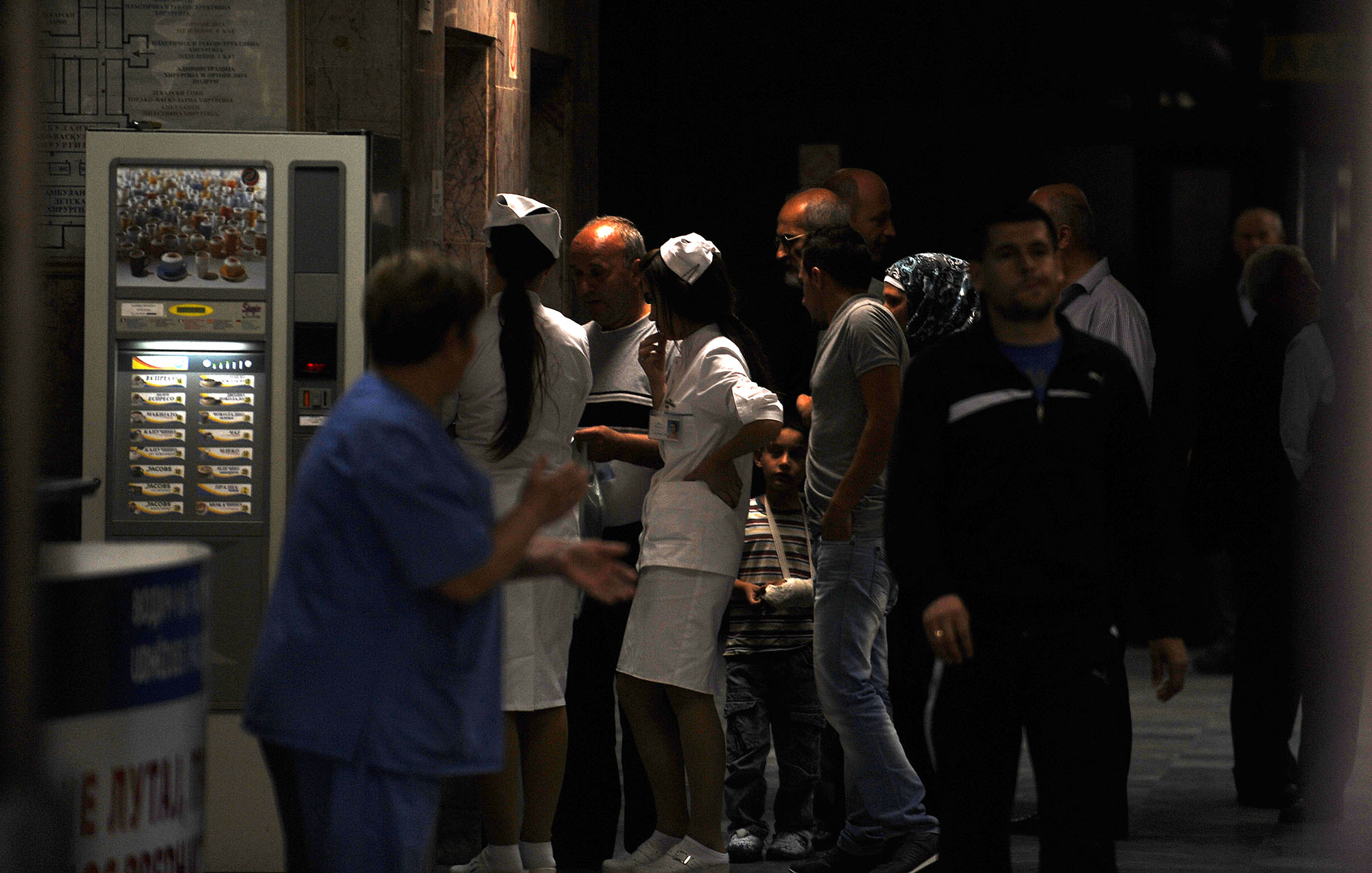
Skopje has the same number of points as the total points of all five bottom-ranked towns. / Photo credit: Robert Atanasovski
Citizens of the capital enjoy the highest level of health protection. Skopje is the only town in the country with both, clinical and general hospitals, as well as public health centre, which elevate it to the top of this list.
However, in spite of the first rank according to total number of points, Skopje does not have single first rank under individual groups of other indicators used for this ranking. This is primarily due to the high number of residents in the capital, on the account of which many indicators, such as the number of beds and medical staff – although high in absolute numbers – are lower in terms of per capita.
Nevertheless, Skopje has solid rank in terms of MD specialists per capita and average rank in terms of per capita staff in primary health care and medical stations. The capital has the poorest rank in terms of fund of beds (hospital and stationary) and in terms of per capita number of health professionals in secondary health care.
On the other hand, the total number of points allocated to Skopje is equal to the sum from the five lowest-ranked towns (Demir Hisar, Berovo, Sveti Nikole, Resen and Vinica).
2. Stip
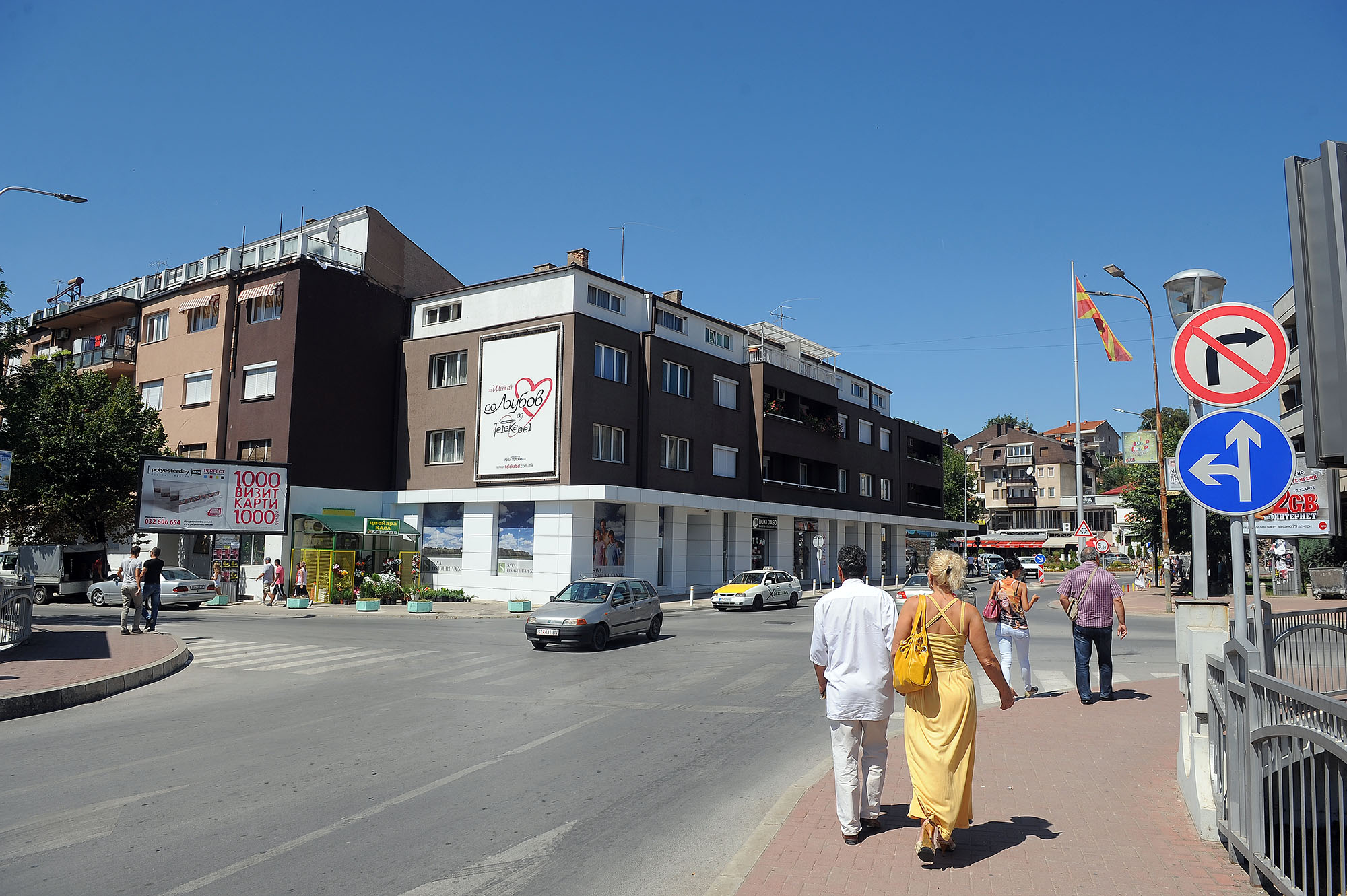
Stip / Photo credit: Robert Atanasovski
Stip is the second-ranked on the list of towns according to the level of health protection available to its citizens. Stip has less than one whole point more than the third-ranked Tetovo. Stip has clinical hospital and public health centre. This town ranks good in terms of per capita number of doctors, MD specialists and beds, but ranks poorly in terms of the number of health professionals in secondary health care. It is somewhat below the average in terms of health professionals in primary health care and in terms of networks of medical units. Moreover, Stip ranks well according to the infant mortality rate. At the same time, it is the best ranked town from the East region, with Kocani behind it on the tenth position.
3. Tetovo

Tetovo / Photo credit: Robert Atanasovski
Tetovo has less than one whole point from Stip and is ranked third. Tetovo as well has clinical hospital and public health centre. It holds two top sub-positions according to networks of medical units, i.e. number of citizens per health station, and according to the per capita number of health professionals in secondary health care. On the other hand, Tetovo ranks poorly according to the per capita number of beds, and has average rank according to the number of staff in primary health care. Tetovo is the best ranked town from the Polog region, with the next town – Gostivar, standing on the thirteenth position. Tetovo completes the first group of towns with the highest number of points in the range from 60 to 80.
4. Bitola
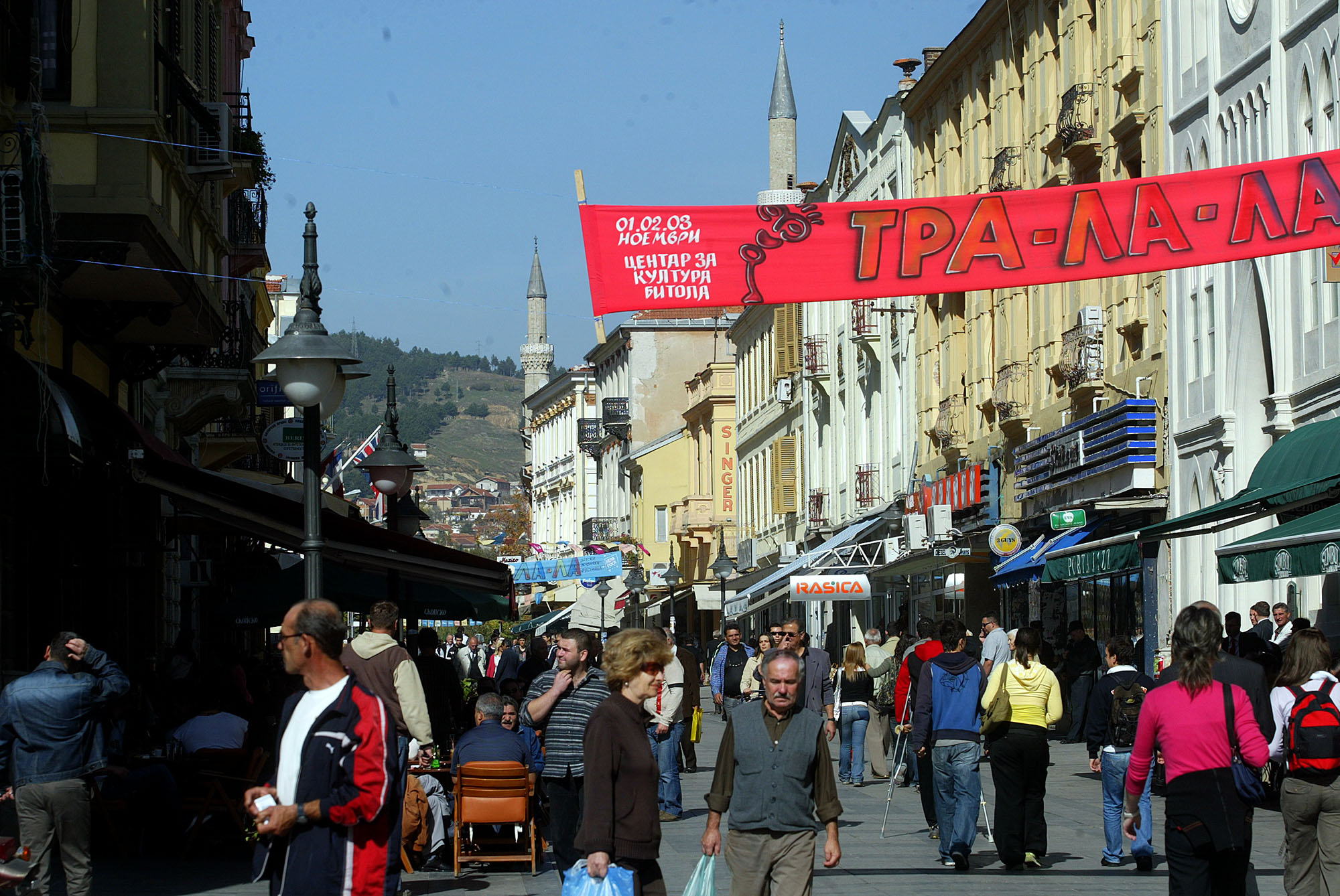
Bitola / Photo credit: Robert Atanasovski
Bitola is on the fourth position according to total number of points, although it is the worst ranked among the so-called “Big Four”, i.e. towns with clinical hospitals that hold the first four positions on the overall ranking. Bitola is an absolute leader in the country according to per capita availability of doctors, MD specialists, dentists and pharmacists, but is last according to the per capita number of health professionals in secondary health care. It has good rank according to per capita availability of hospital beds and average rank according to the number of citizens per health care station.
Bitola leads the second group of towns with points in the range from 40 to 60.
5. Ohrid
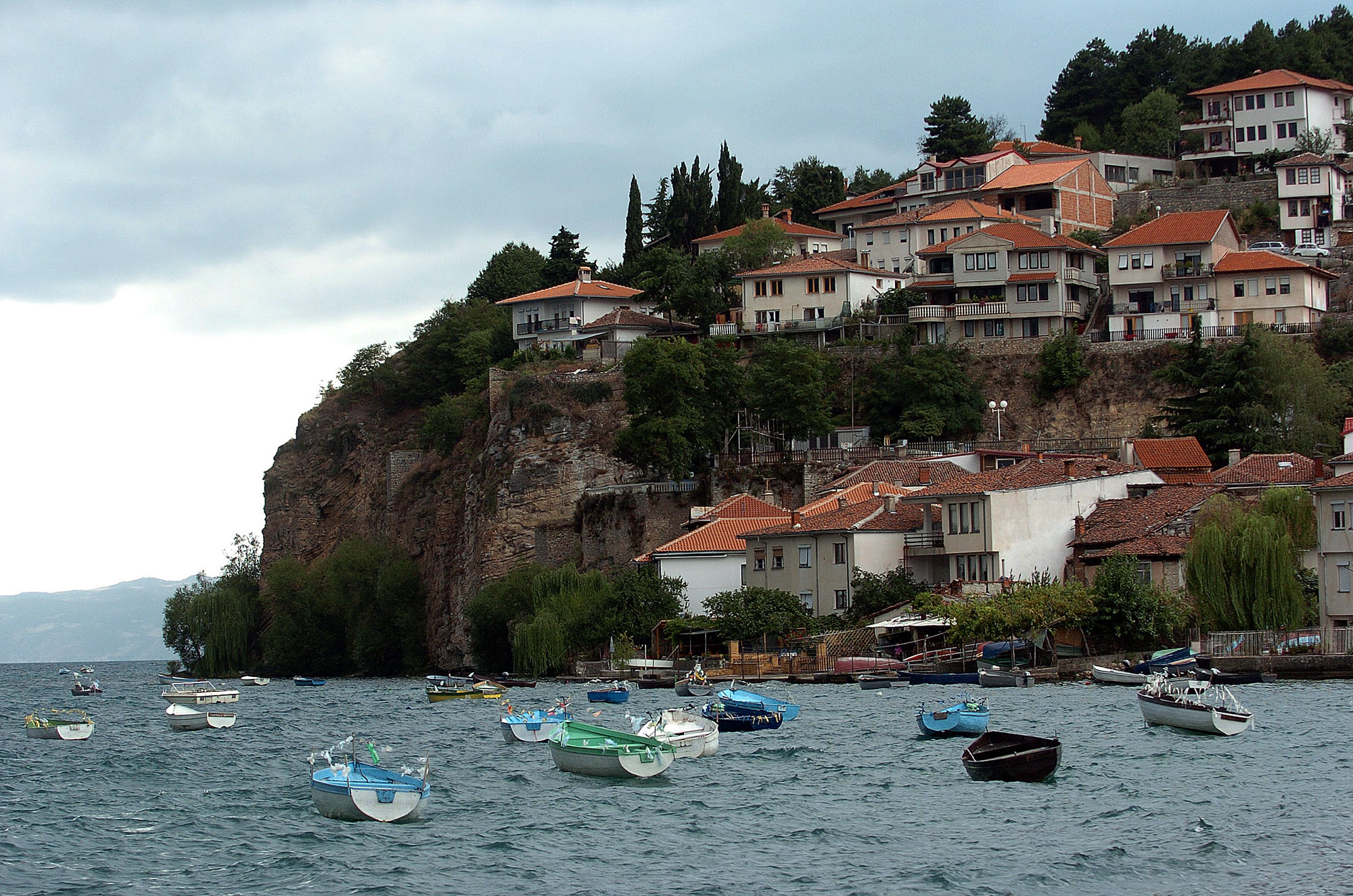
Ohrid / Photo credit: Robert Atanasovski
At the fifth position, Ohrid is the highest ranked town on this list among all 26 towns without clinical hospitals. It lags behind Bitola by only one point.
Ohrid ranks good in terms of per capita staff (doctors and MD specialists) and beds, although it has average rank under other groups of indicators. They concern network of medical stations and medical staff in primary and secondary health care. It is also ranked among better towns according to mortality rates (overall and infant).
At the same time, Ohrid is the best ranked town from the Southwest region, with Debar and Struga behind it on the eleventh and twelfth position, respectively.
6. Kumanovo
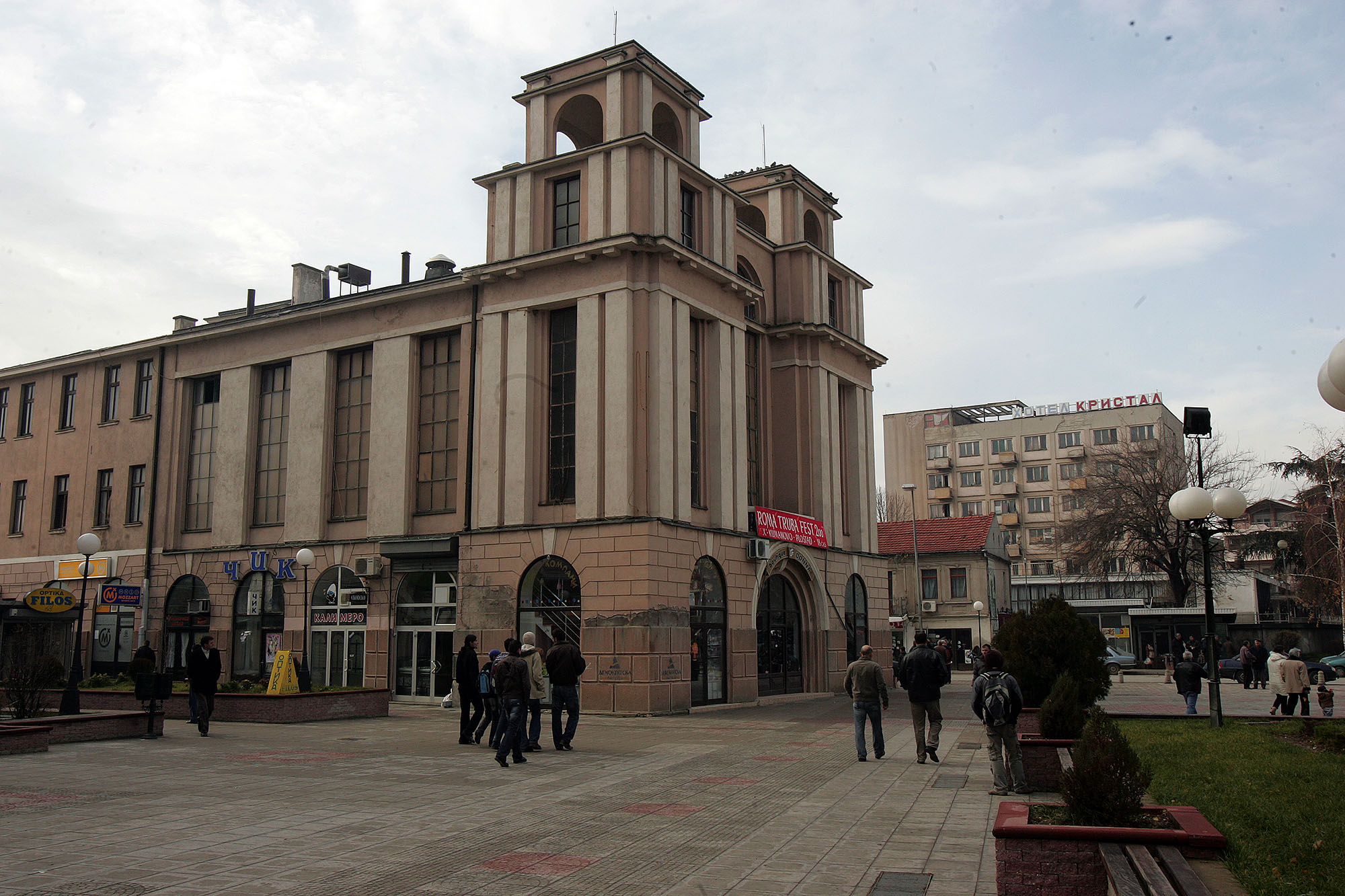
Kumanovo / Photo credit: Robert Atanasovski
Although the Kumanovo health region is third according to the population number, behind Skopje and Tetovo, it is still ranked rather high, i.e. sixth. Although their respective health regions cover more than 100,000 citizens, Kumanovo and Gostivar do not have clinical, but only general hospitals. Kumanovo also has a public health centre.
Kumanovo ranks good in terms of network of health care institutions and per capita medical staff, but has poor rank in terms of per capita beds. This town is marked by the lowest mortality rate compared against the national average.
Kumanovo is also the best ranked town from its region – Northeast. Next town from this region, Kriva Palanka, is ranked way below on the 21st position among total of 30 towns.
7. Strumica
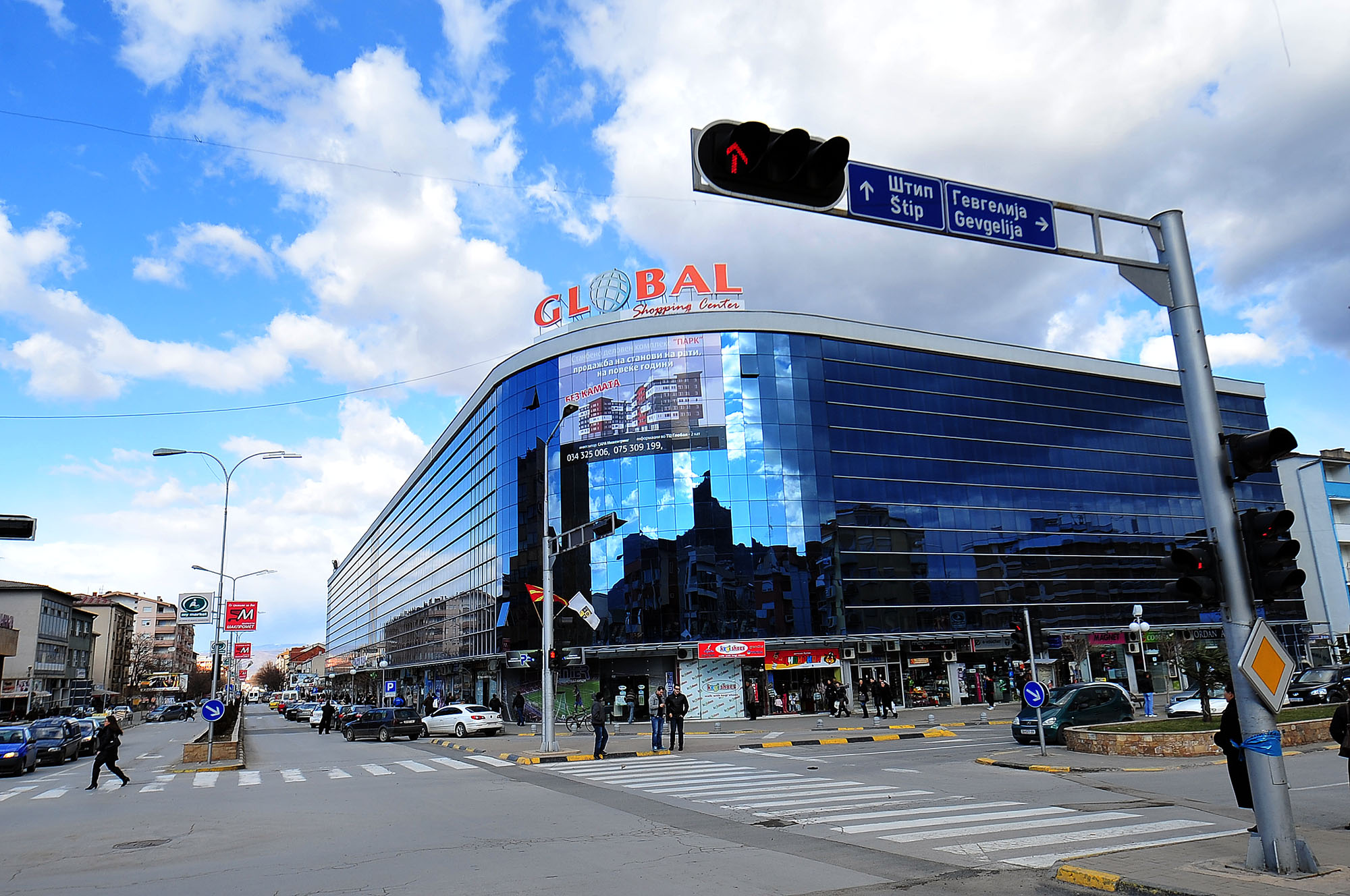
Strumica / Photo credit: Robert Atanasovski
Strumica does not have clinical hospital, but has general hospital and public health centre, and as health region covers around 100,000 citizens. Its better-ranked indicators are related to doctors and MD specialists, health professional in secondary health care, as well as per capita hospital and stationary beds, unlike its rank according to networks of medical units per capita. As regards the mortality rates, Strumica is around the national average.
Strumica is the best ranked town from the Southeast region, followed by Gevgelija on the sixteenth position.
8. Prilep
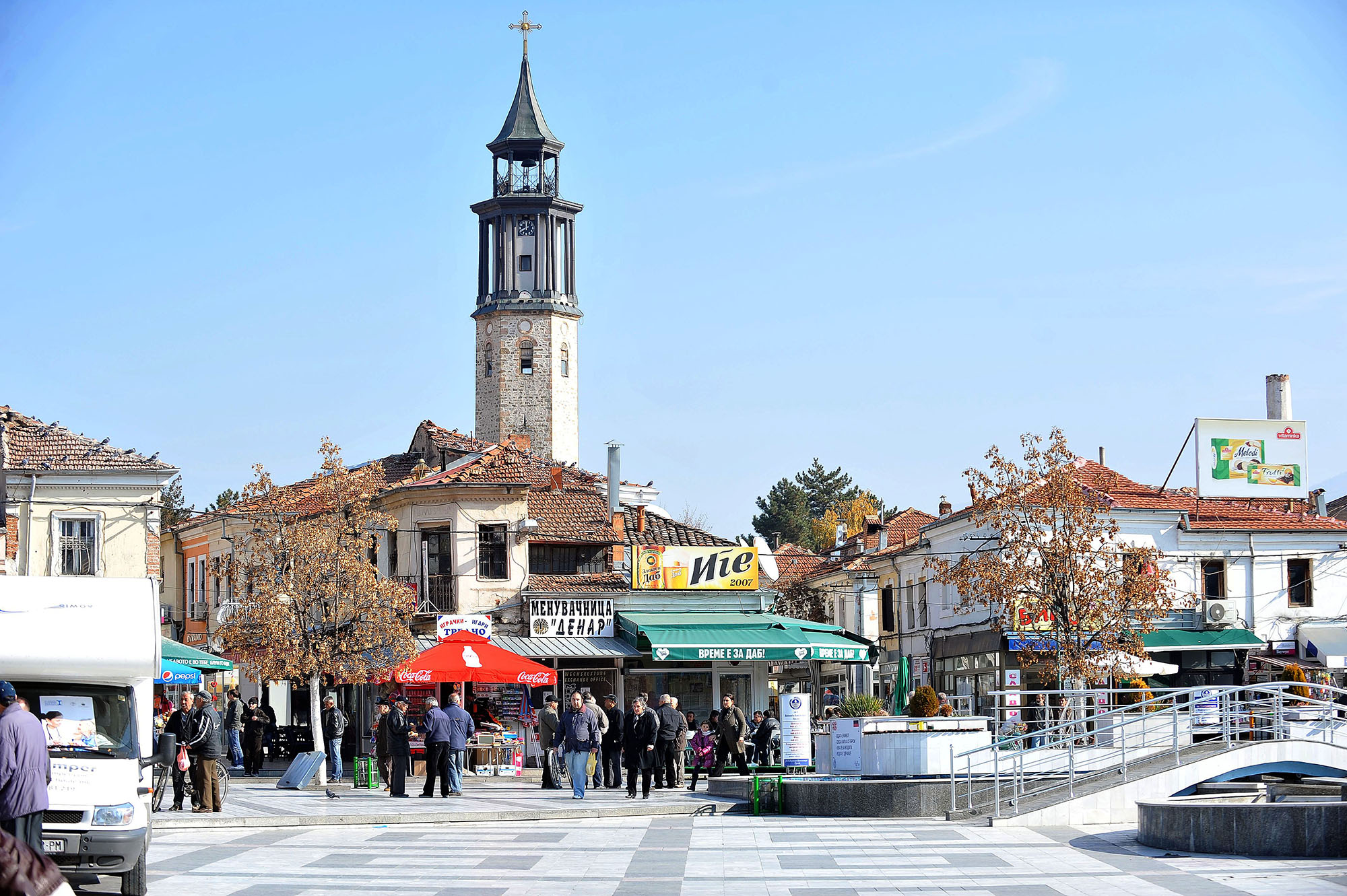
Prilep / Photo credit: Robert Atanasovski
Ranked on the eight position, Prilep is the second town from the Pelagonija region, after Bitola, featured among top 10 towns. If Skopje is exempted from the ranking, Pelagonija is the best ranked among all regions.
Prilep lags behind the seventh-ranked Strumica by less than one whole point. It has solid ranks in terms of doctors and MD specialists, as well as medical staff in secondary health care, but has very poor ranks in terms of beds and, especially, in terms of the number of medical staff in primary health care. It has an average rank according to network of medical units and below-average rank according to the mortality rates.
9. Veles
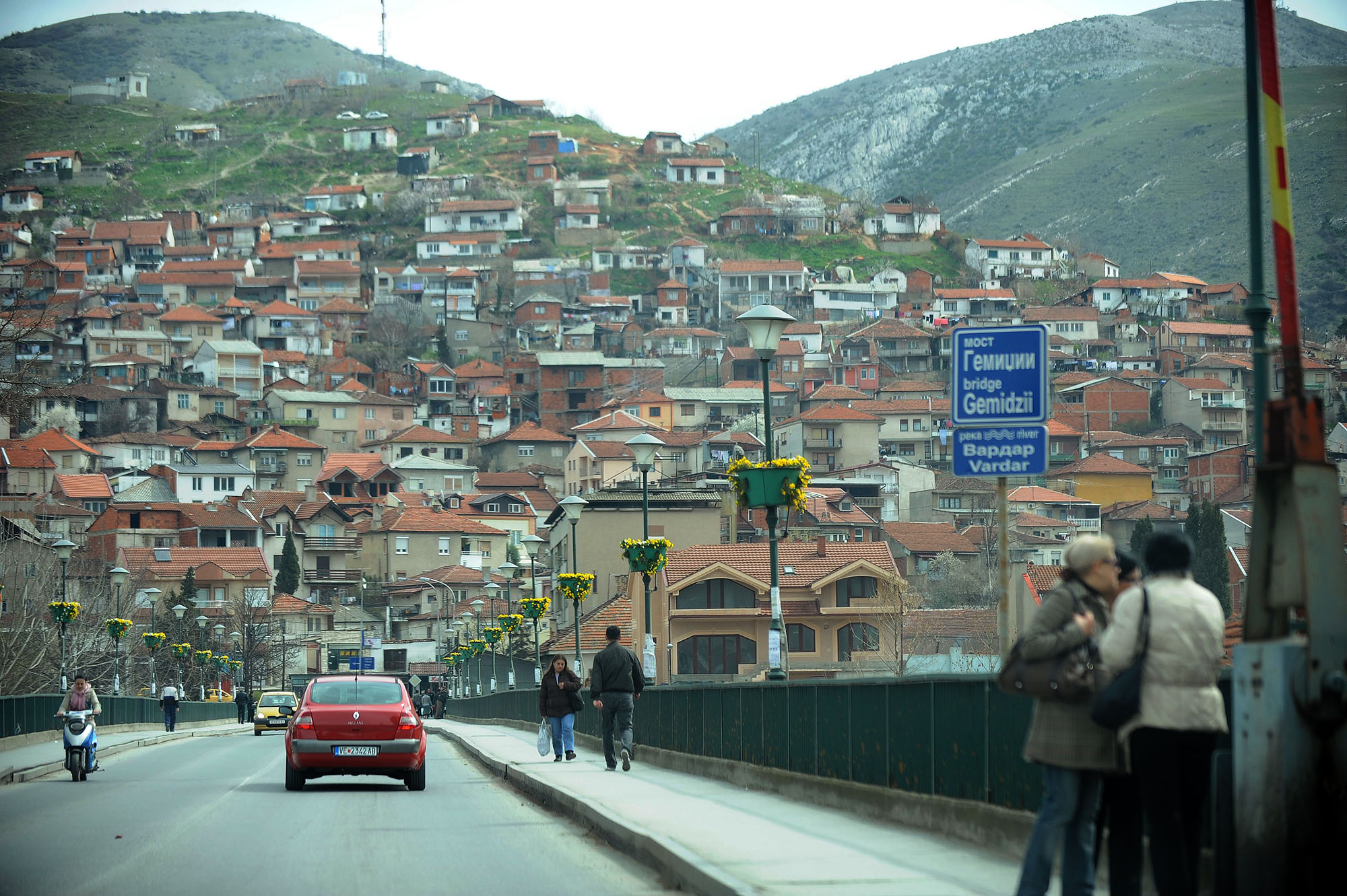
Veles / Photo credit: Robert Atanasovski
Standing on the ninth position, Veles has only one point less than Prilep. Veles has solid ranks according to number of doctors, MD specialists, dentists and pharmacists, as well as according to availability of beds. On the other hand, it is rank low on the lists according to the number of medical staff in primary health care and according to per capita availability of networks of medical units at all levels (general, pre-school and school medicine, occupational medicine and women protection).
Veles is the best ranked town from the Vardar region. Next town from this region is Kavadarci on the fourteenth position.
10. Kocani
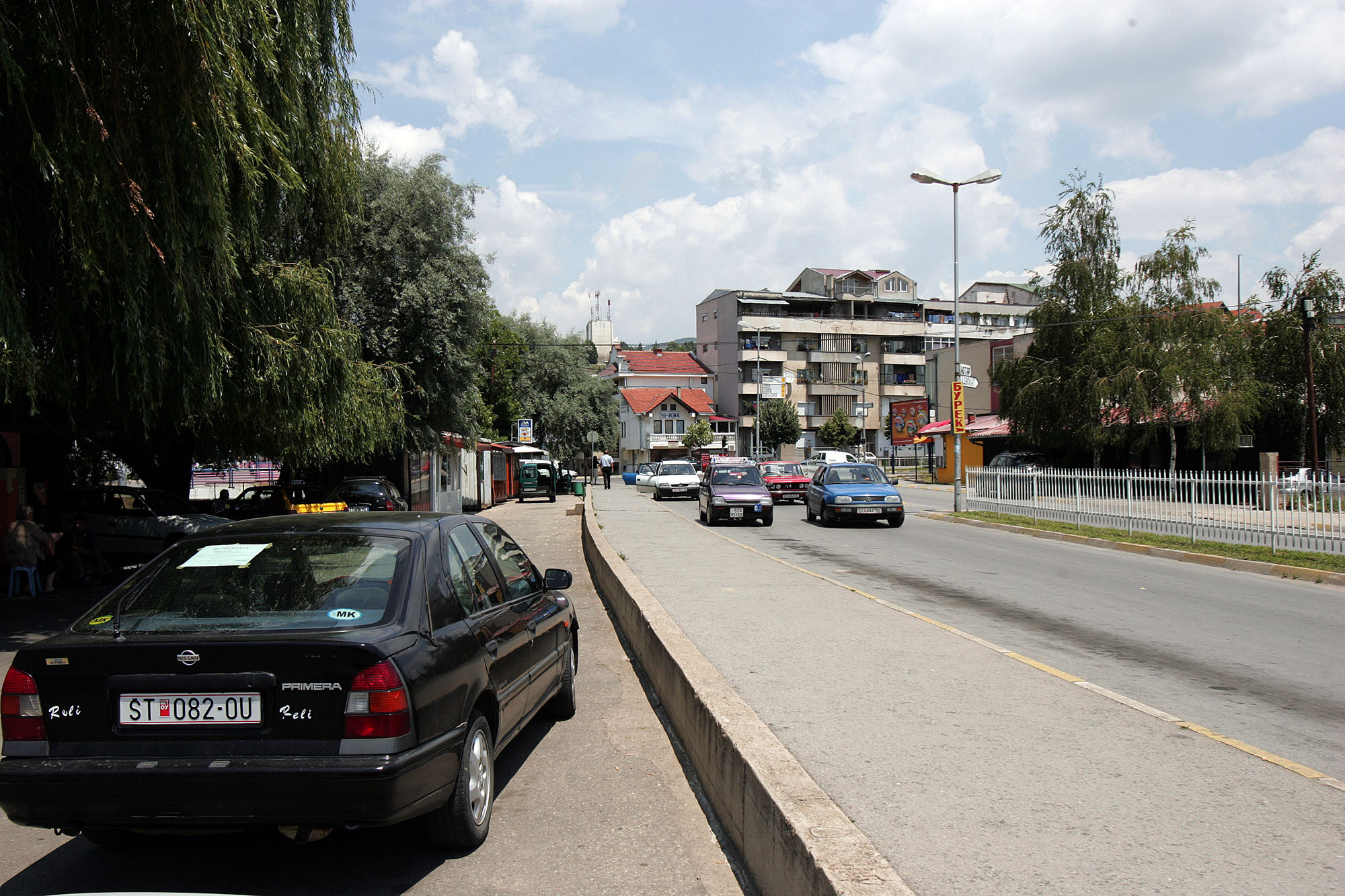
Kocani / Photo credit: Robert Atanasovski
Kocani completes the list of top 10 towns, as the second town from the East region featured on this list after Stip, standing on the second position. Also, Kocani completes the list of towns with 40+ points from total of 100. At the same time, East and Pelagonija are the only regions with two towns each featured in the top 10.
Kocani has average scores for almost all indicators, except for the number of networks of medical units per capita, where it holds the second to last position. Also, it is significantly below the average on the rank list according to general population’s mortality rate, and in particular according to the infant mortality rate.
For details, click on town tags
20 towns with less than 40 points
The remaining 20 from total of 30 analysed towns, i.e. health regions, have been allocated up to 40 points (from possible 100). More specifically, the best ranked among them is Debar on the eleventh position with 34 points, and the last ranked Demir Hisar has only 13 points.
In addition to Debar, better ranked towns include Struga, Gostivar, Kavadarci, Kicevo and Gevgelija which completes the list of health region with 30 to 34 points, meaning that they all provide similar level of health protection for their citizens.
Similar is the situation with the next 14 towns on the list, which are actually the worst-ranked. They have points in the range from 13 to 19, i.e. citizens in these towns enjoy somewhat similar level of health protection. Be that as it may, all poorly-ranked health regions provide lower level of health protection and they have population of 250,000 people in total.
Methodology clarifications and notes
The research on the level of health protection made available to citizens in 30 towns across Macedonia was conducted by means of combined analysis of 21 individual indicators. Baseline data were obtained by the Public Health Institute of the Republic of Macedonia and were calculated on per capita basis, followed by comparison against the national average. Finally, these scores were indexed, grouped and cross-referenced in order to ensure more precise ranking of towns.
Each indicator is assigned individual weight within the group of indicators. The final ranking was compiled according to composite index of 2 main groups of indicators. The first group includes the number of health institutions in secondary and tertiary health care, and the second group is comprised of 18 indicators distributed in 6 subgroups.
The ranking was performed on the basis of following indicators:
- Number of doctors per health region in RM for 2014 – Number of citizens per doctor;
- Number of doctors per health region in RM for 2014 – Number of citizens per MD specialist;
- Number of dentists per health region in RM for 2014 – Number of citizens per dentist;
- Number of pharmacists per health region in RM for 2014 – Number of citizens per pharmacist;
- Bed fund at hospital and stationary institutions per 1,000 citizens in RM for 2014;
- Network of medical units – Primary and preventive health care stations per health region in RM for 2014. Number of citizens per general practice station;
- Network of medical units – Primary and preventive health care stations per health region in RM for 2014. Number of citizens per health protection station for children aged 0 – 6 years;
- Network of medical units – Primary and preventive health care stations per health region in RM for 2014. Number of citizens per health protection station for school children and youth;
- Network of medical units – Primary and preventive health care stations per health region in RM for 2014. Number of citizens per health protection station for women;
- Network of medical units – Primary and preventive health care stations per health region in RM for 2014. Number of citizens per health protection station for occupational medicine;
- Number of citizens per health professional with higher education degree in primary health care in RM for 2014 – Doctor;
- Number of citizens per health professional with higher education degree in primary health care in RM for 2014 – Dentist;
- Number of citizens per one outreach nurse in RM for 2014;
- Health professionals in specialist and consultative secondary health care – Number of citizens per doctor;
- Health professionals in specialist and consultative secondary health care – Number of citizens per specialist;
- Health professionals in specialist and consultative secondary health care – Health professionals with college and secondary education per doctor;
- Mortality rate according to death reason in RM for 2014 – Total deaths per 100,000 citizens;
- Infant mortality rate in RM for 2014 – Dead infants per 1,000 newborns;
- Network of institutions in secondary health care – Clinical hospitals;
- Network of institutions in secondary health care – General hospitals;
- Network of institutions in secondary health care – Public health centres.
All source information that were processed and provided the baseline for this research is the most recent available data for the year 2014. All 30 towns are actually health regions, i.e. they cover higher number of citizens than the individual town.
Baseline data presented in Excel format are available here.

